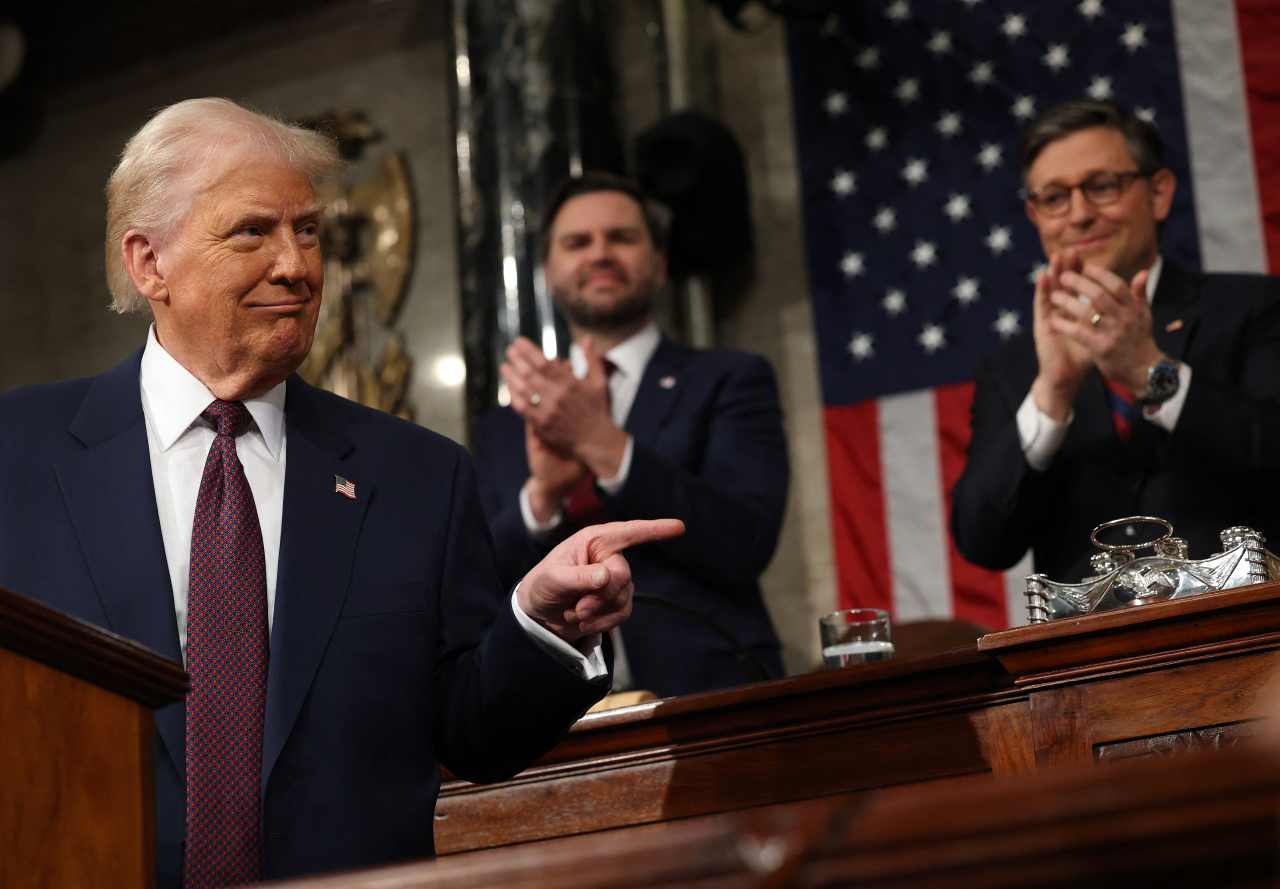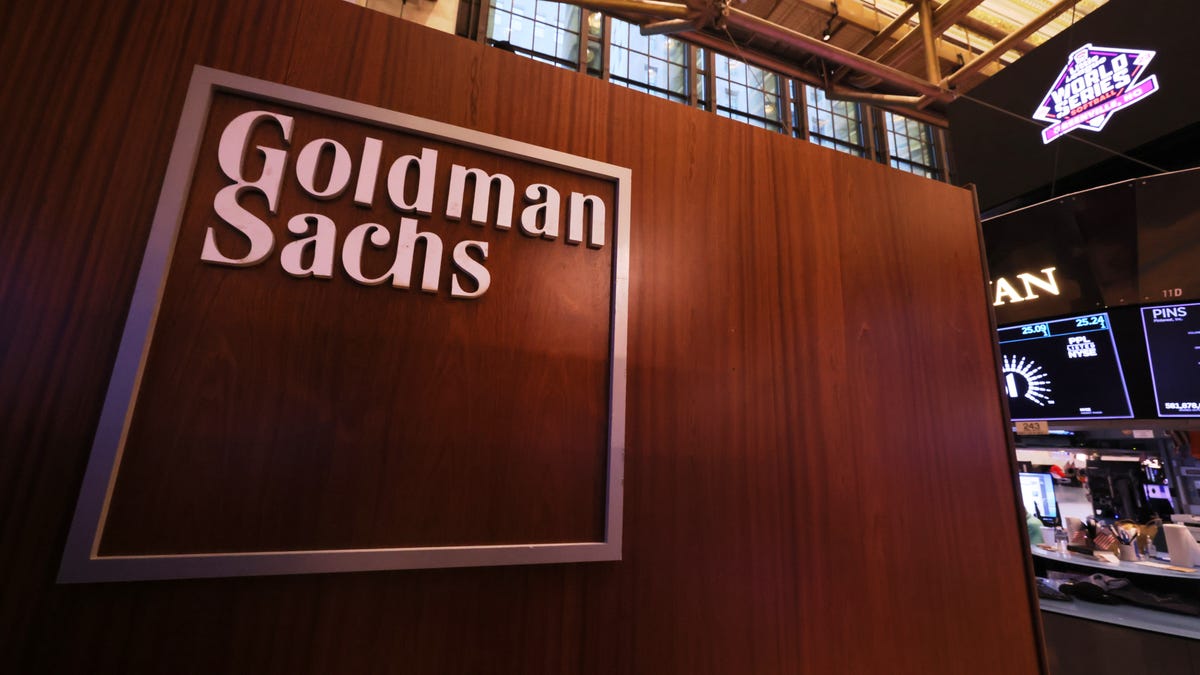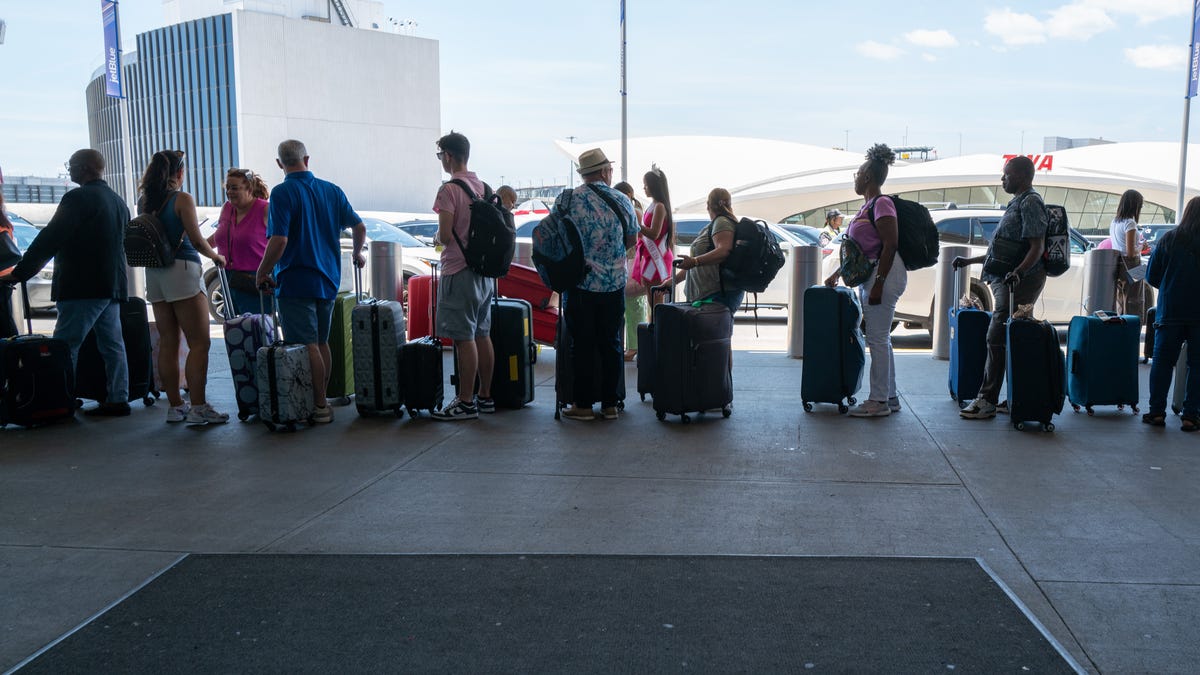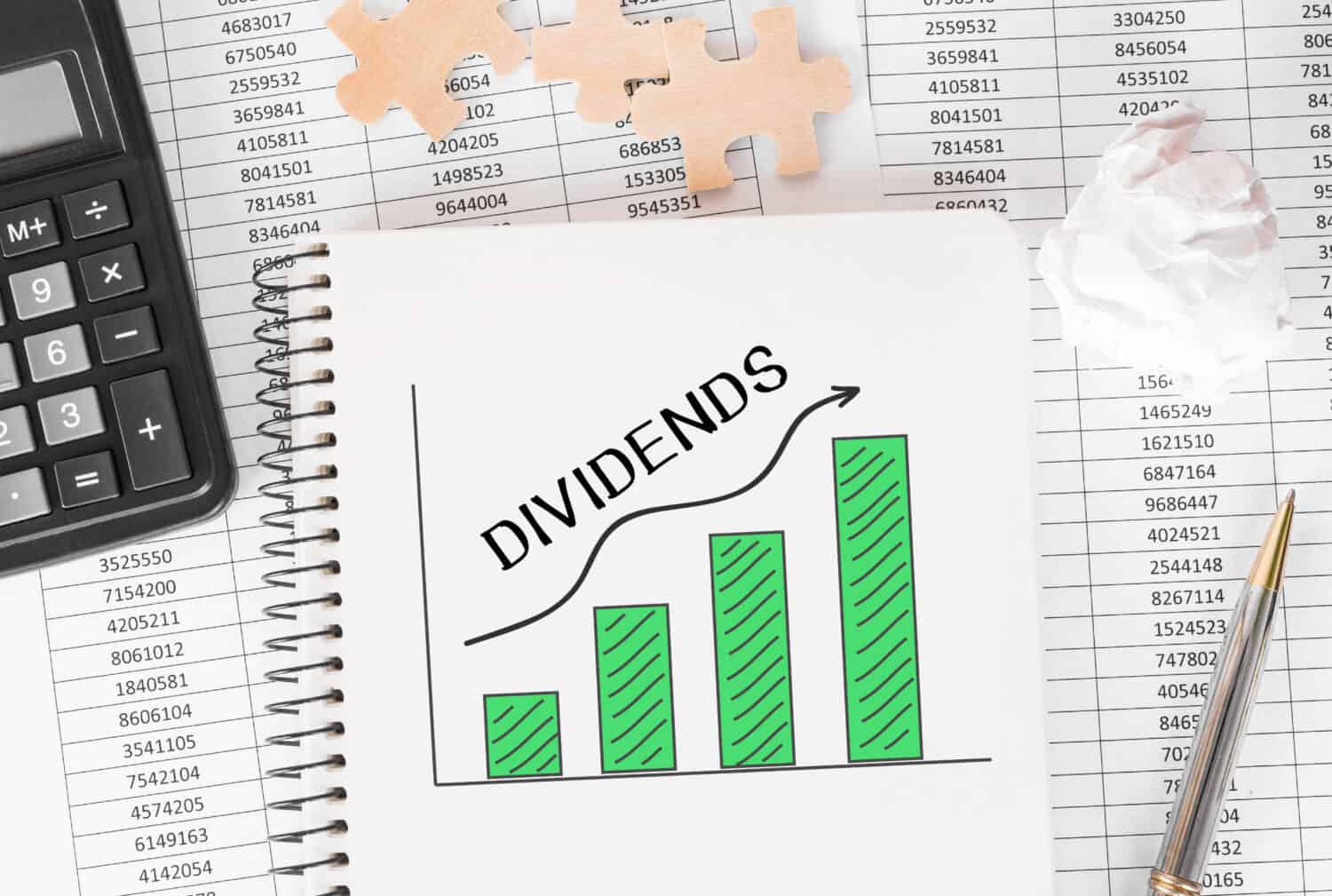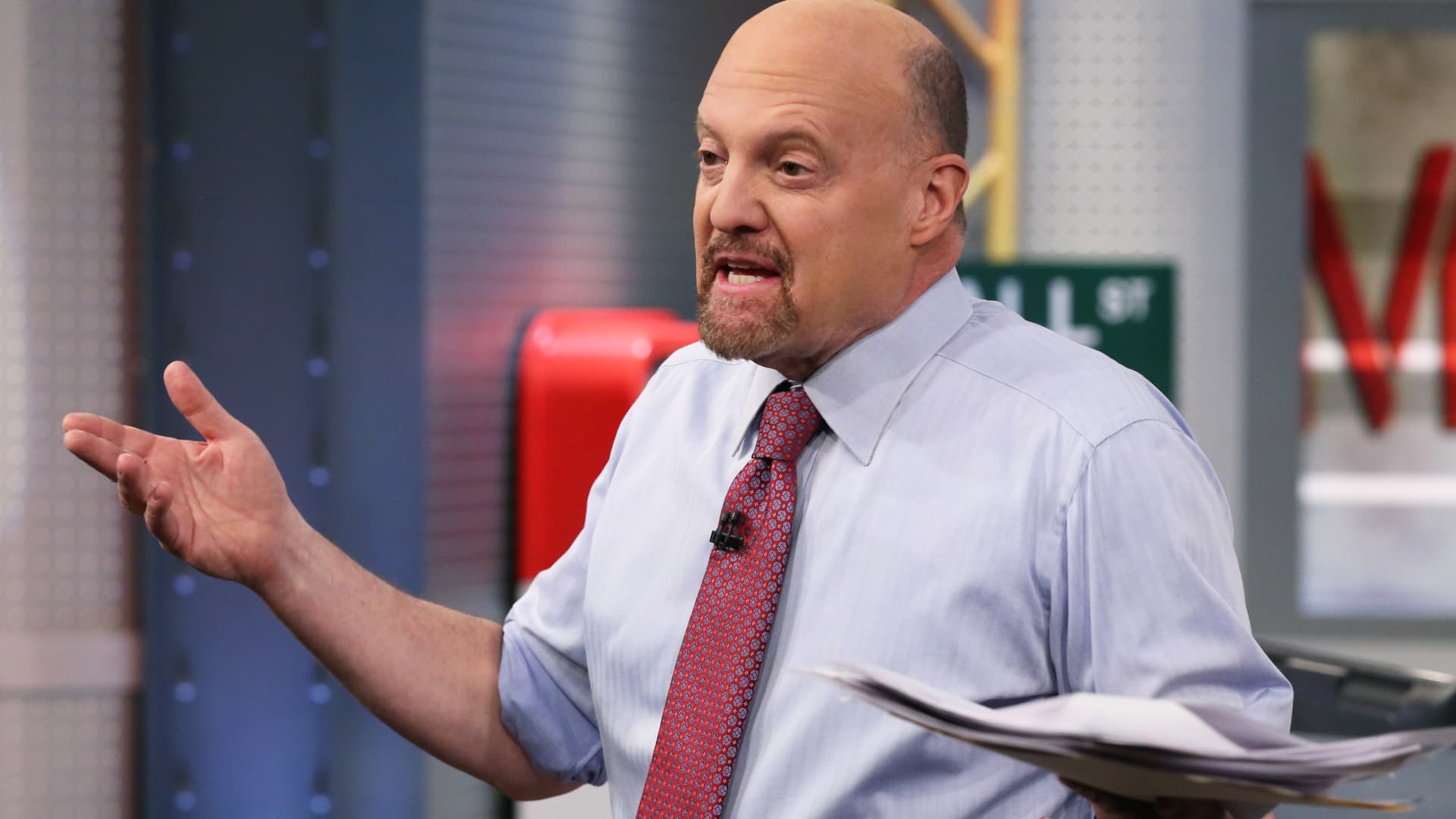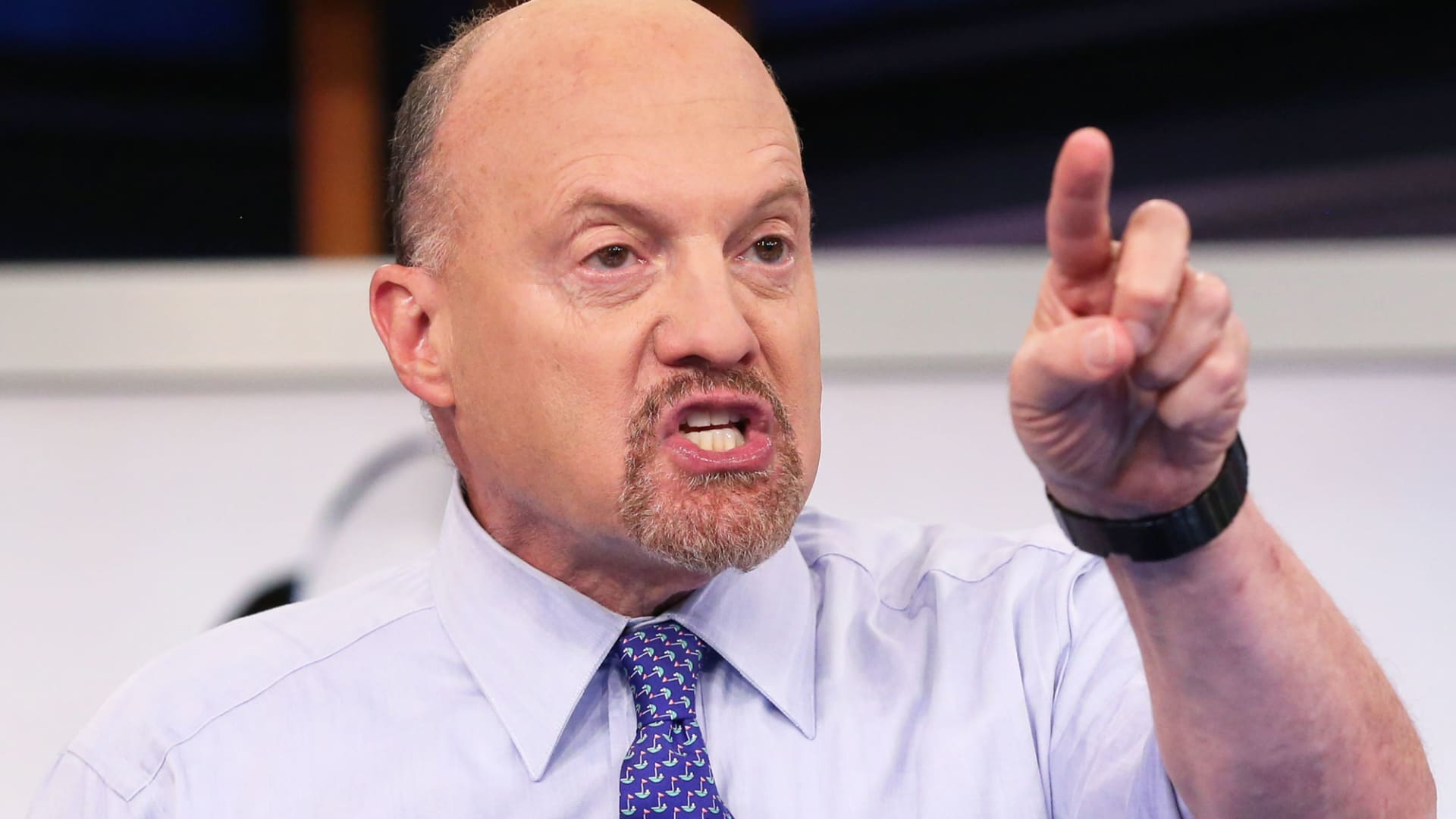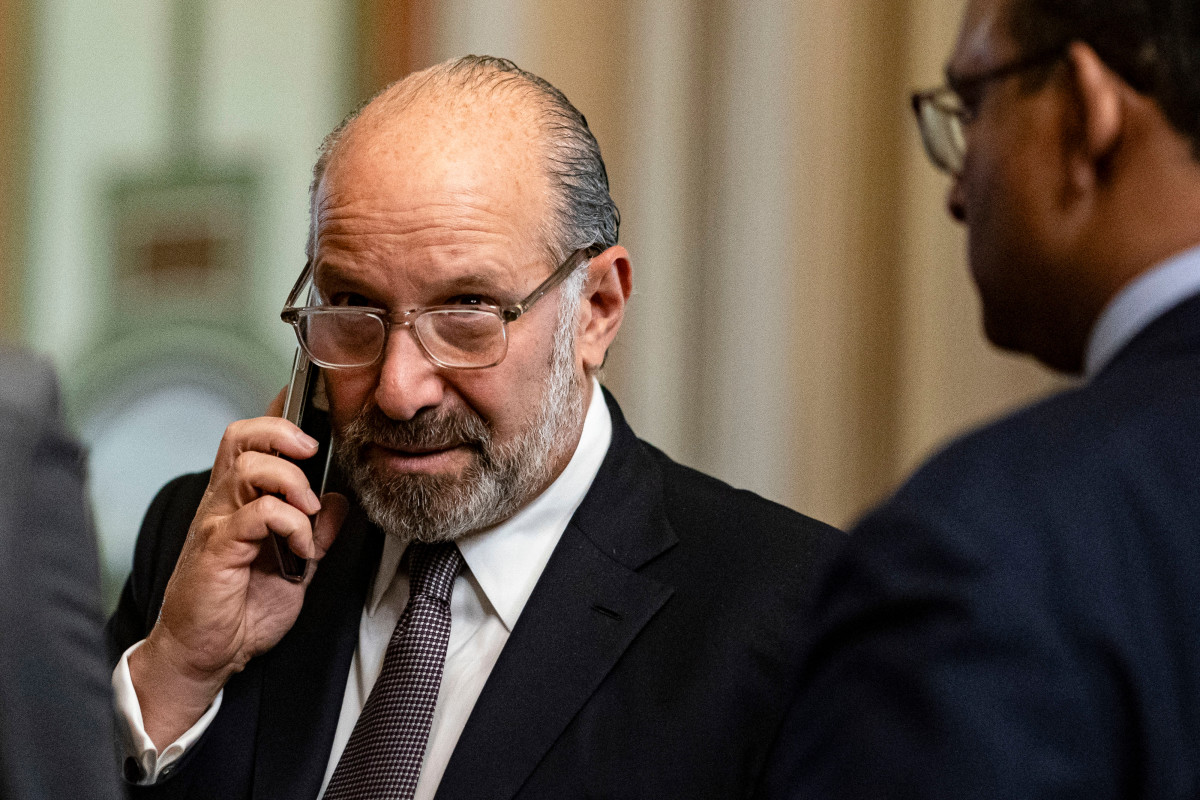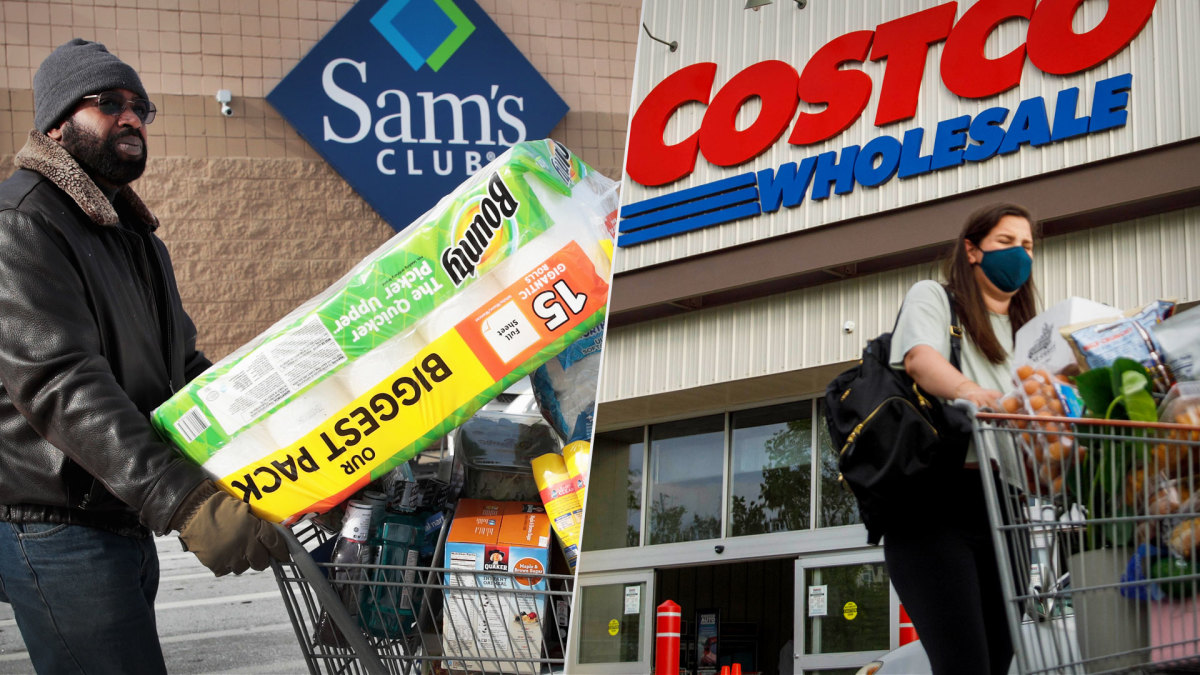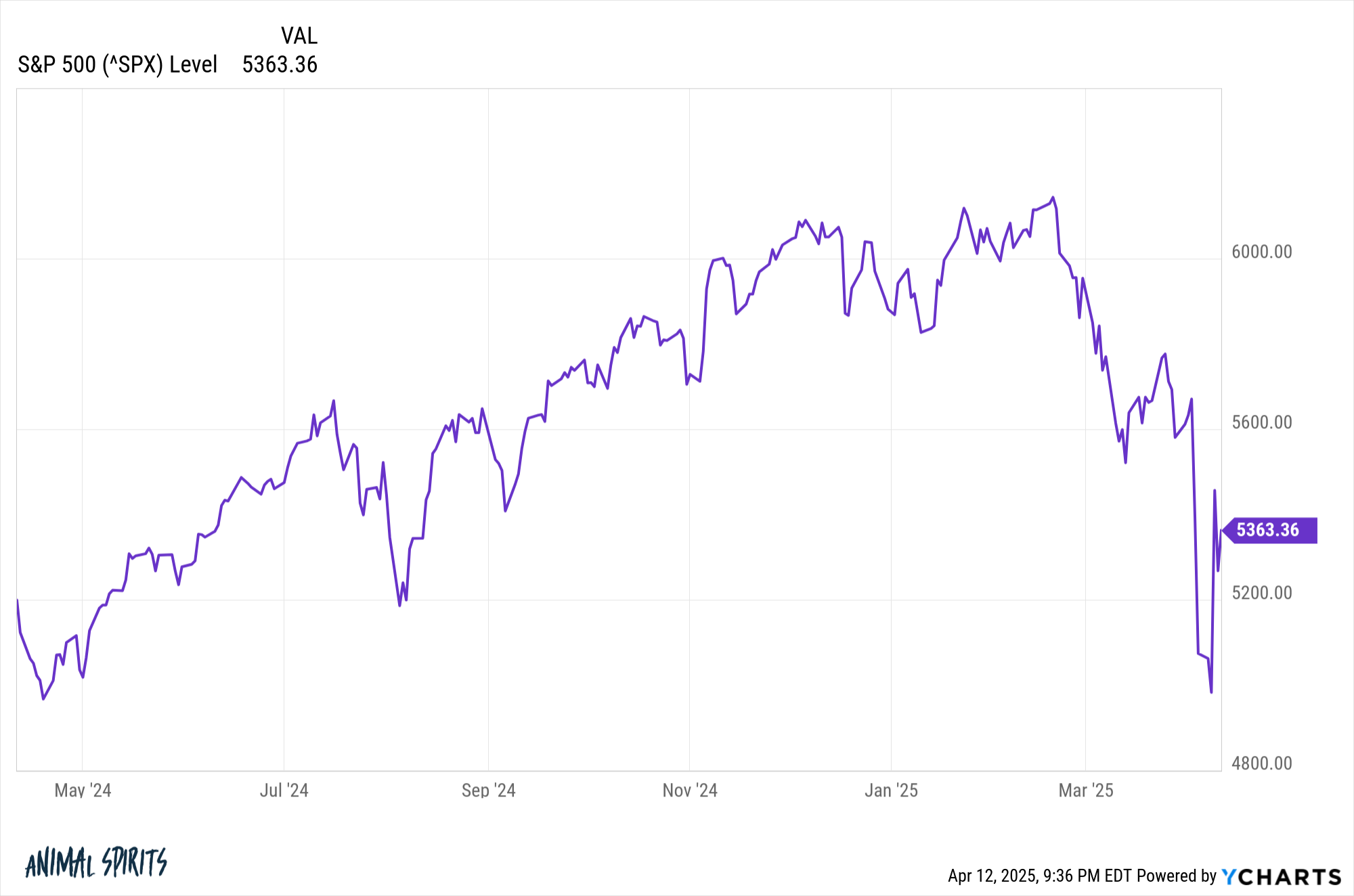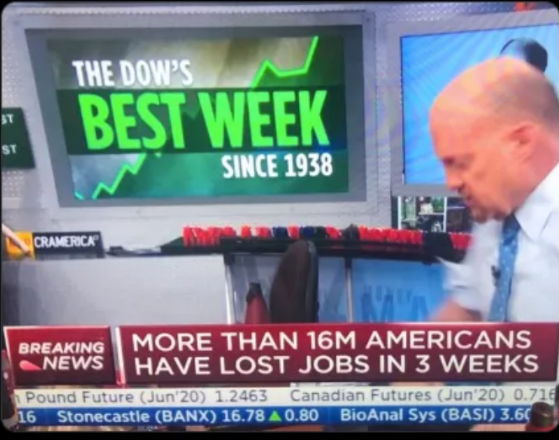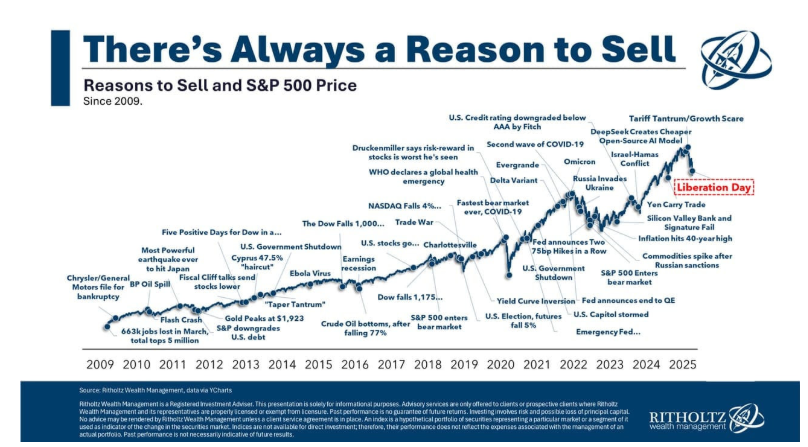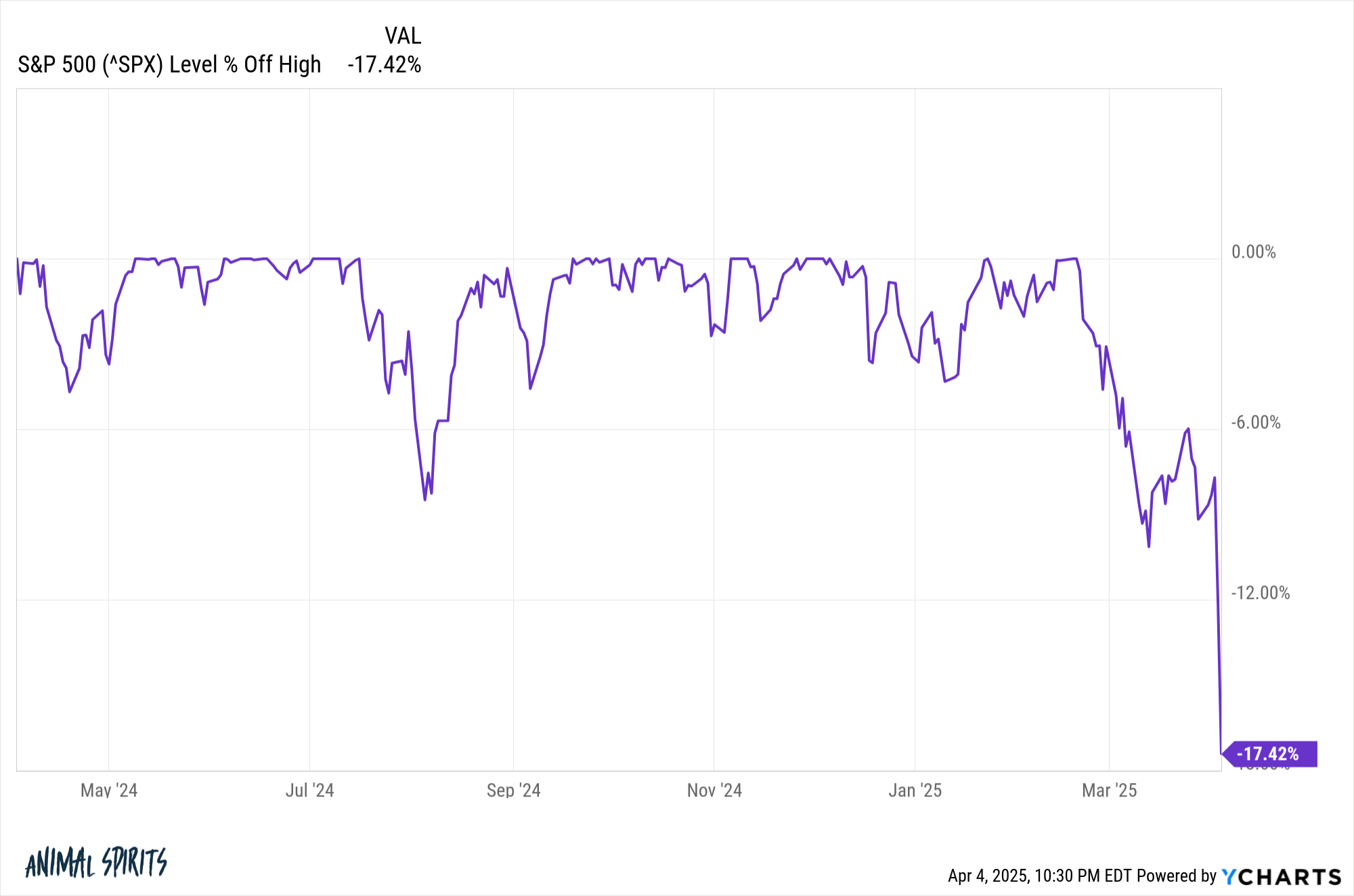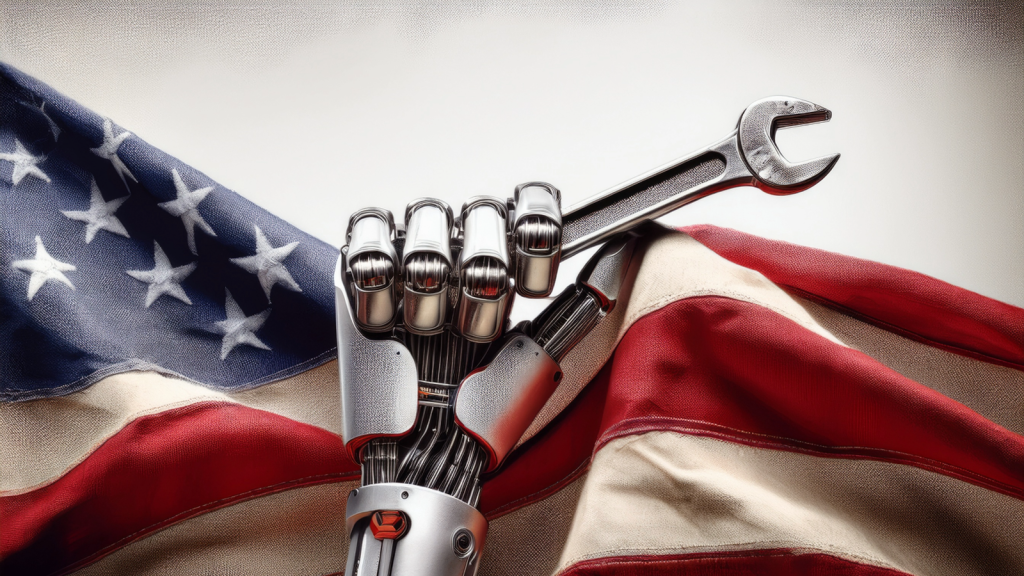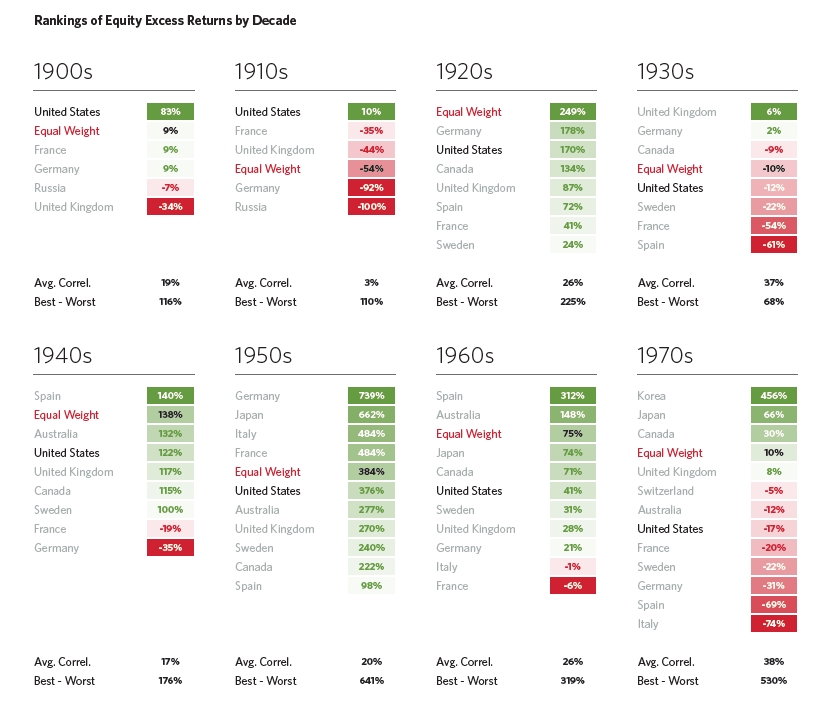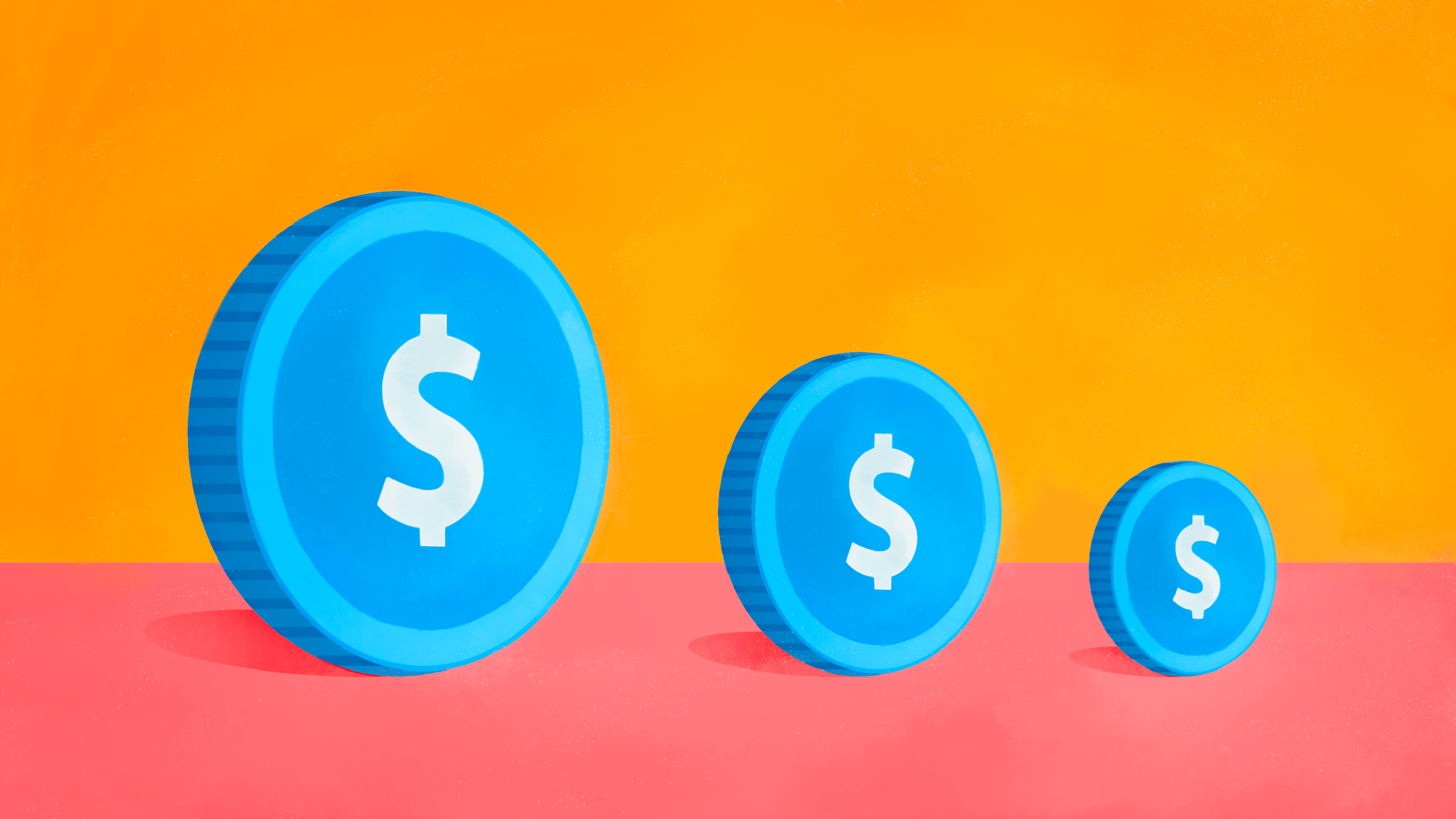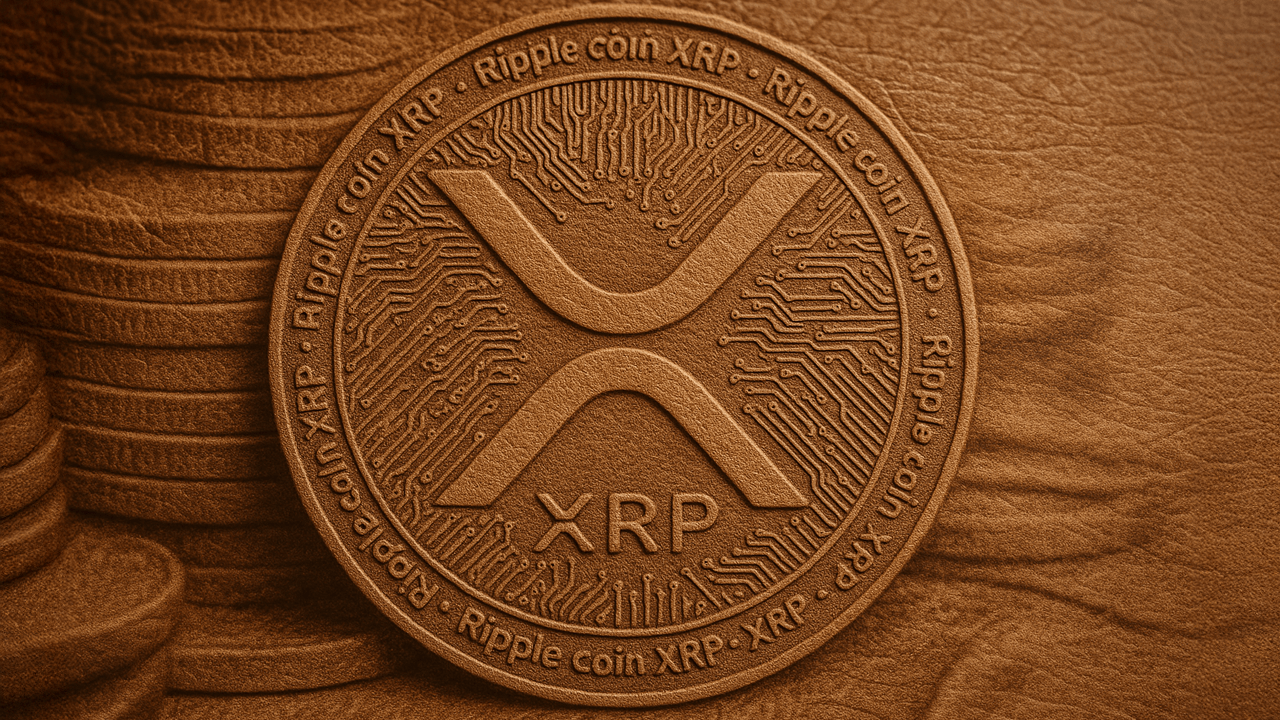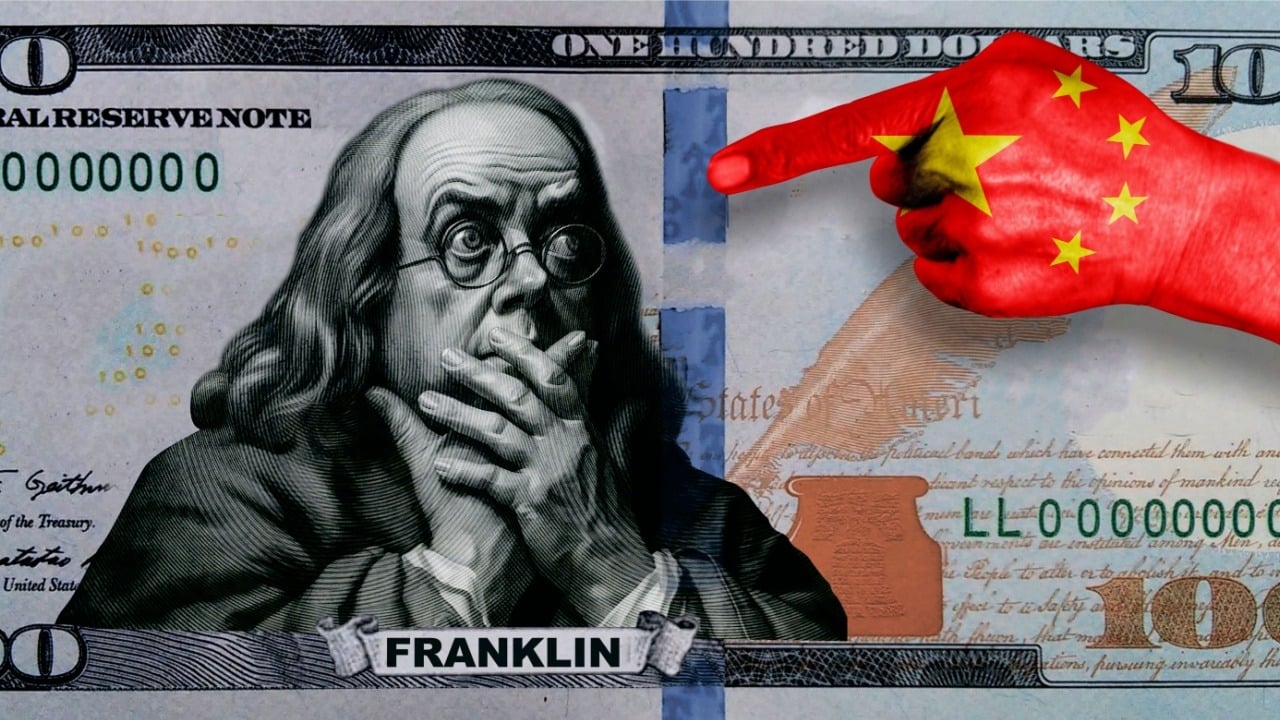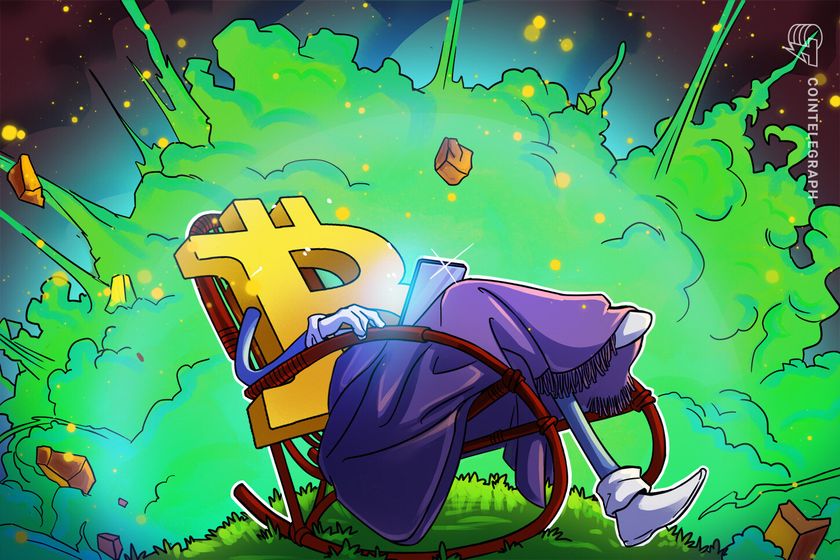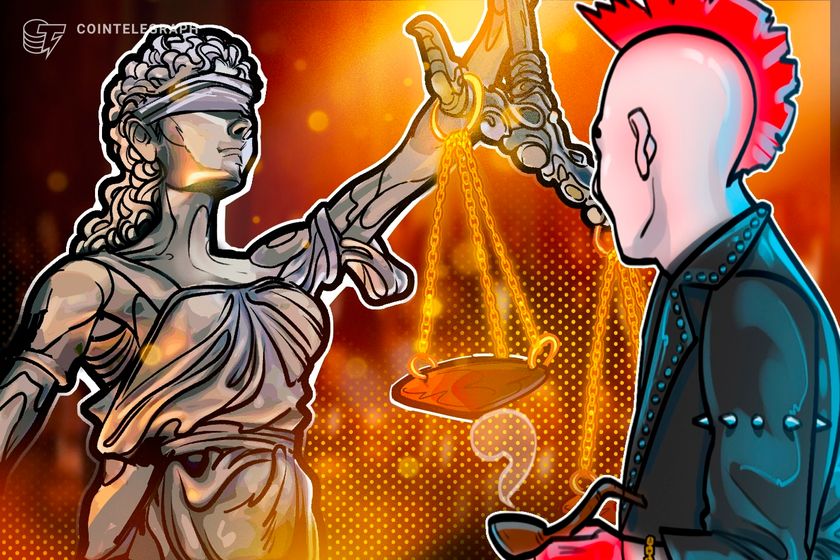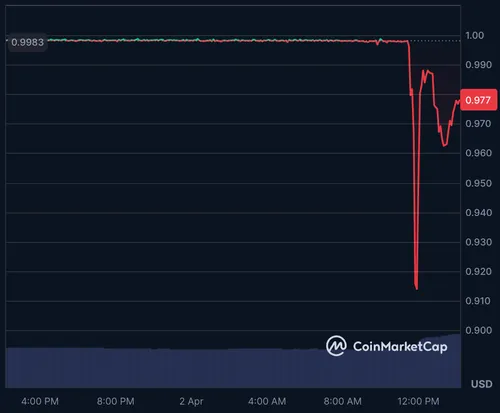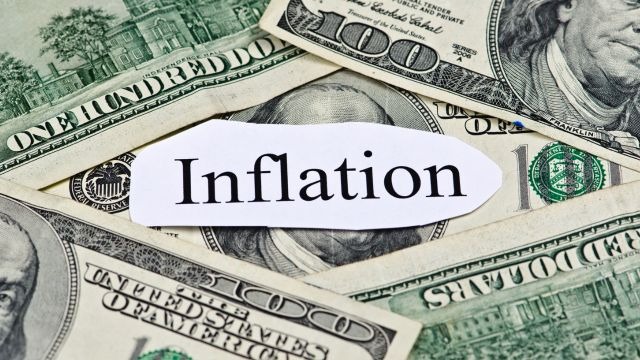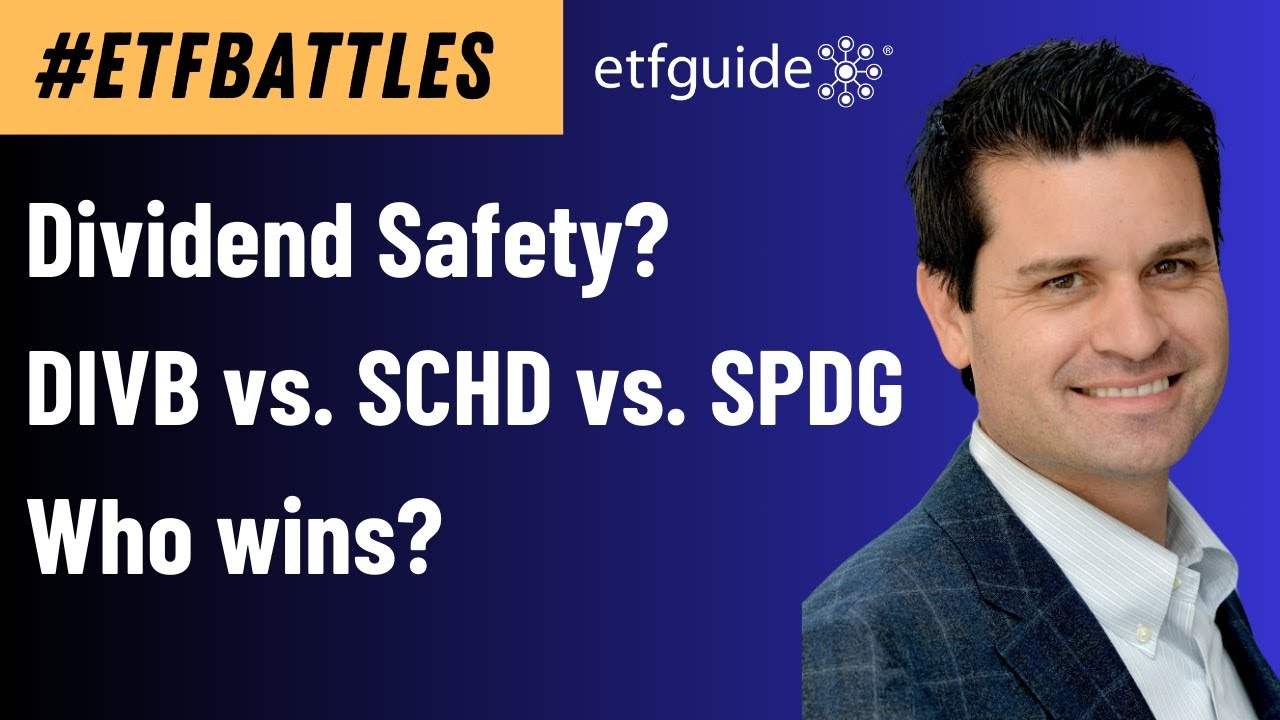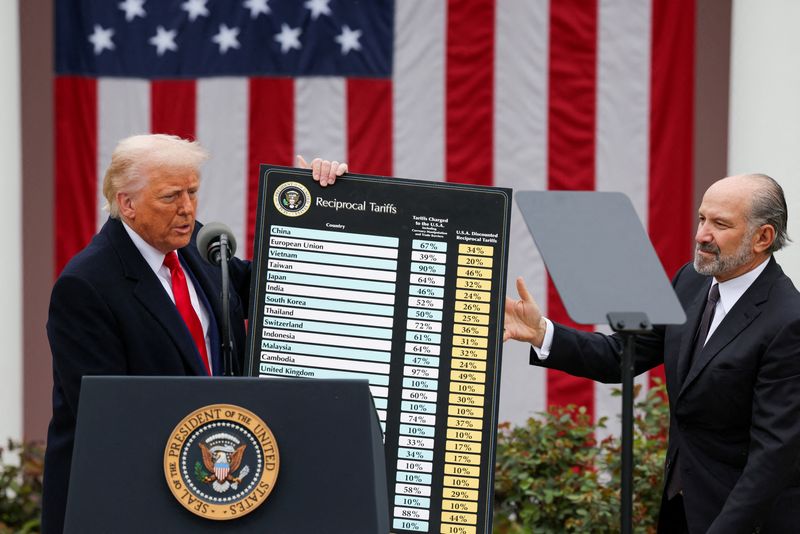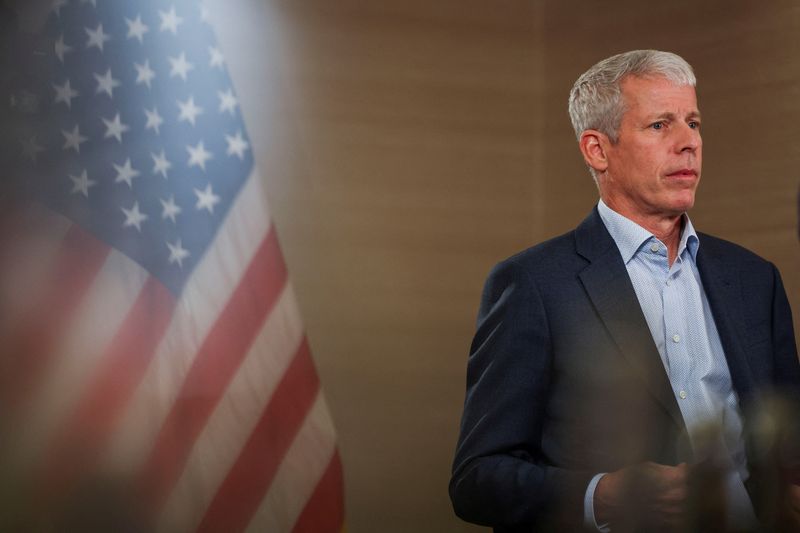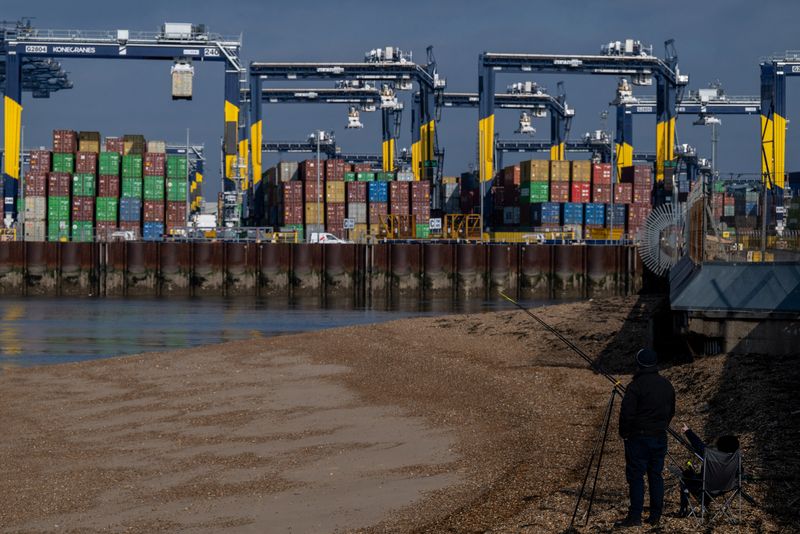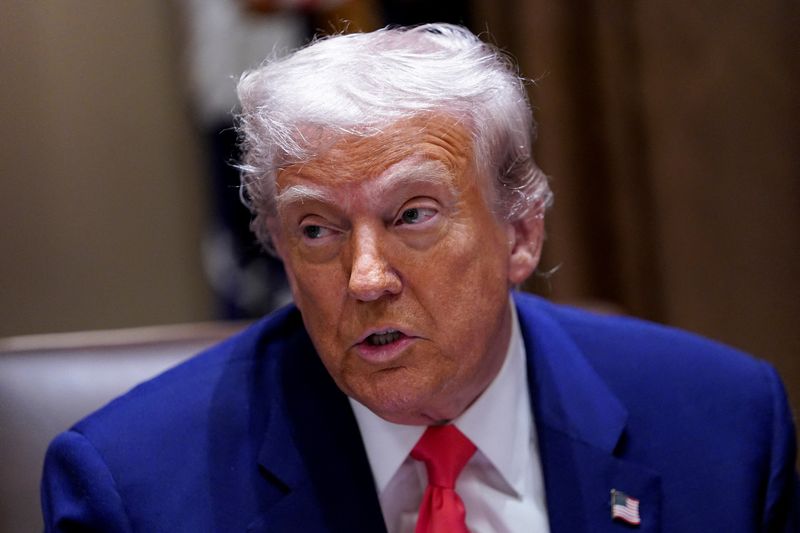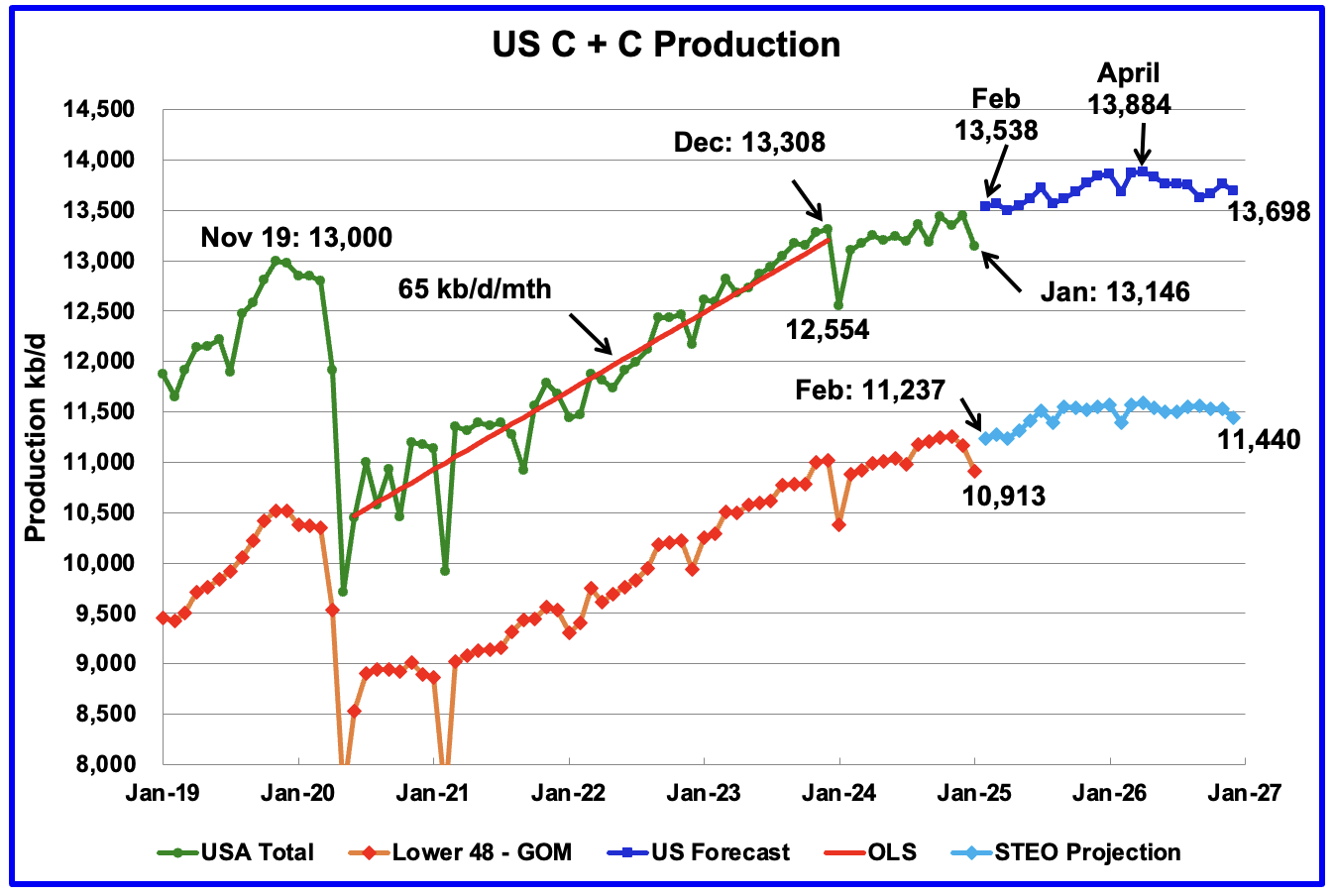How Much Does the Federal Government Spend on Social Welfare?
Government welfare and benefit programs are among the favorite targets of capitalists, right-wing extremists, and authoritarians. During election season, promises to reduce the government’s spending on welfare programs fill the airwaves, but how much do they actually cost? Is the cost worth it? Will we really save that much by cutting these programs, or will […] The post How Much Does the Federal Government Spend on Social Welfare? appeared first on 24/7 Wall St..
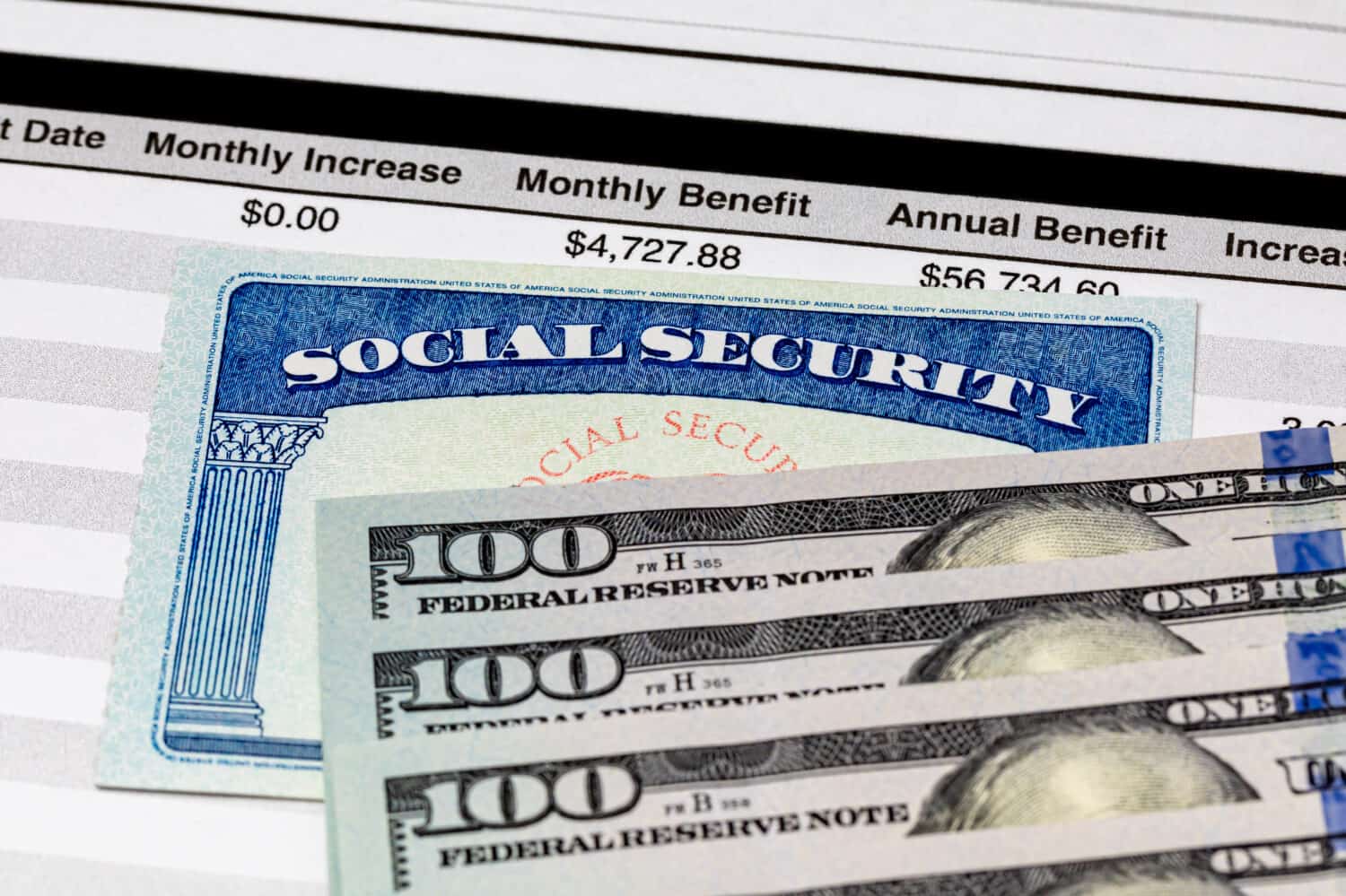
Government welfare and benefit programs are among the favorite targets of capitalists, right-wing extremists, and authoritarians. During election season, promises to reduce the government’s spending on welfare programs fill the airwaves, but how much do they actually cost? Is the cost worth it? Will we really save that much by cutting these programs, or will it cause more problems?
Key Points
-
The United States can save money on welfare and even increase its benefits by making simple changes to welfare programs.
-
Welfare programs are directly linked to reductions in crime and poverty, and increases in economic production and health.
-
4 million Americans are set to retire this year. If you want to join them, click here now to see if you’re behind, or ahead. It only takes a minute. (Sponsor)
We looked at federal spending data from the past few years to see how much the government regularly spends on welfare programs. We compared that data to spending in other areas. We present our comparisons here to give a full picture of what the government spends on its citizens.
Background on Federal Spending

The federal budget of the United States government is a mixture of mandatory spending categories and discretionary spending across departments, programs, and branches. The budget for the government relies on a budget proposal from the president which must be funded by Congress. Most of the spending is not legally allowed to be changed without legislation (like Social Security), while other discretionary spending (like the military and other government branches) can be changed from year to year.
Most economic and social experts predict that the United States will face a number of financial barriers and hurdles in the future. These include significant public debt, budget shortfalls for social programs, and more. One of the most common solutions to these problems proposed by the ruling class is cutting social programs.
The United States usually operates on a budget deficit, taking out loans to pay for government programs, with an increasingly high amount of the budget being allocated to interest payments to avoid default. Government budget deficits are projected to increase in the years to come as interest rates rise, budgets increase, and taxes decrease, all while elected leaders take the budget less and less seriously.
The Budget of Welfare Programs
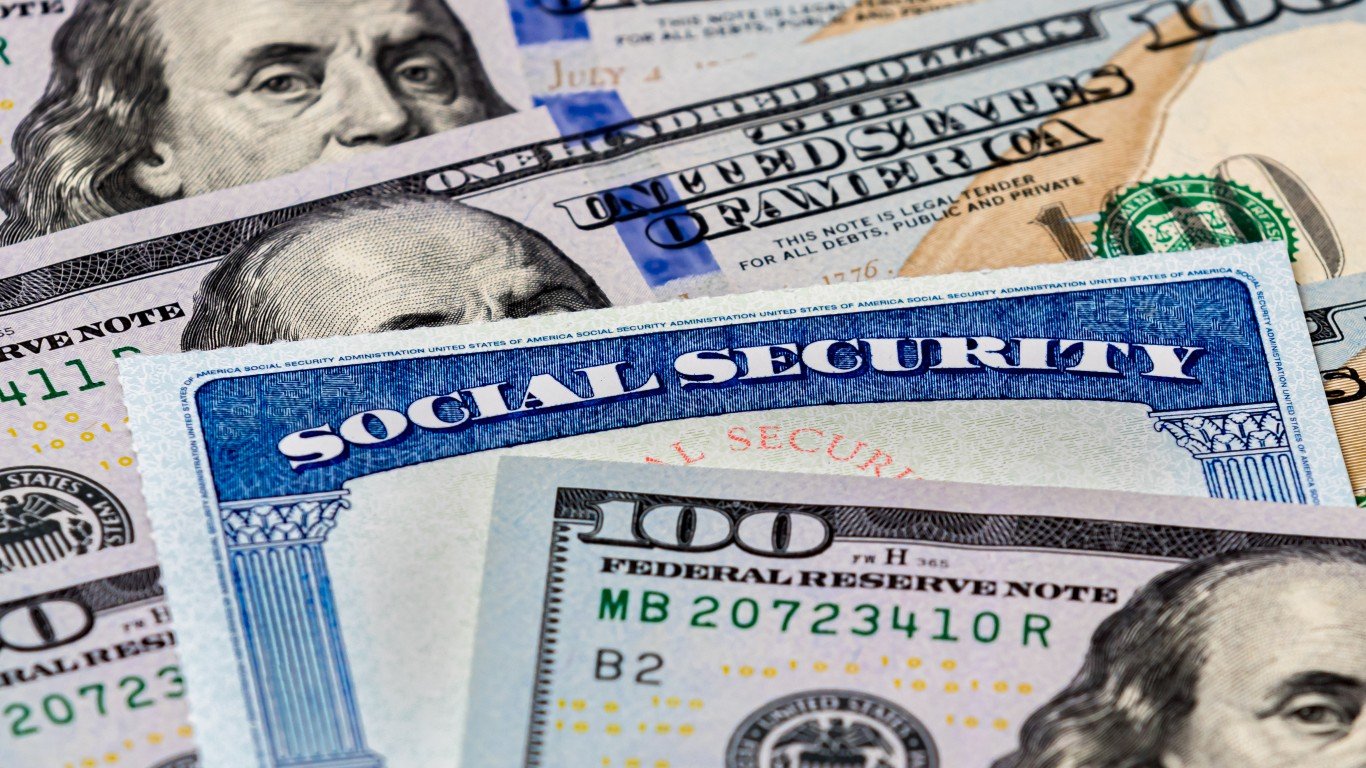
From 2019 to 2023, the total federal budget was:
- 2019 total budget: $4.45 trillion
- 2020 total budget: $6.55 trillion
- 2021 total budget: $6.82 trillion
- 2022 total budget: $6.27 trillion
- 2023 total budget: $6.14 trillion
The massive increase in the federal budget was primarily due to stimulus programs and payments during COVID-19. We have covered this budget explosion before. For this article, we will focus on the current budget, using 2023 data.
Of the $6.14 trillion budget, only 18% was spent on social welfare programs. This includes the spending for eight different federal agencies and their 13 related responsibilities and programs. The high-level breakdown of the federal budget for 2023 is below.
- Armed forces: $1.191 trillion (19%)
- Social Security and Medicare: $2.202 trillion (36%)
- Welfare and Medicaid: $1.101 trillion (18%)
- Economic support: $26 billion (less than 1%)
- Everything else: $1.615 trillion
- Total budget: $6.135 billion
So, what is included in the welfare budget? The 13 different programs included in the welfare budget include:
- EITC and child tax credits: $84 billion
- SNAP debit cards for the poor: $135 billion
- Housing assistance for poor housing and new developments: $67 billion
- SSI payments to poor disabled, blind, and senior citizens: $62 billion
- Pell grants for college tuition and board: $31 billion
- TANF payments to families to help them transition from welfare to work: $16 billion
- School lunch, breakfast, and after-school snacks for children: $29 billion
- Head Start preschool program: $15 billion
- Job training and employment services for adults and youth: $6 billion
- WIC food program for pregnant women and children: $26 billion
- Child care and after-school programs: $26 billion
- Lifeline utility payment support for heating and cooling: $1 billion
- LIHEAP phone subsidy program: $6 billion
- Medicaid: $616 billion
Almost all of these programs have been shown to have positive social, economic, and cultural benefits, increasing economic productivity, reducing crime and poverty, and improving other general social outcomes. However, these social outcomes have been limited in the United States when compared to other countries due to our limited implementation and constrained budgets and enrollment.
The largest allocation of the federal budget, Social Security and Medicare, which constituted around 36% of the total budget in 2023, is largely paid for by American citizens through separate taxes and income withholdings. So, these funds largely do not come from the taxes and revenue that the government takes in on a regular basis.
By comparison, the United States chooses to spend 19% of its budget on the military, around $1.19 trillion per year, which is more than ten times the military budget of the next ten countries combined. Or, excluding China, more than the rest of the world combined. This is despite the fact that the U.S. Navy is bigger than the next 13 biggest navies in the world combined, 11 of which are our allies. The increase in the military budget, year over year, has been a hallmark of U.S. policy and often even increases against the recommendation of military experts and members because congressmen love to allocate new funds to military projects in their districts to help them win reelection.
As a result of hawkish and nationalistic policy and ideology, the military budget, as a percentage of GDP, has increased regularly ever since the mid-1990s, with sharp increases due to offensive wars in Iraq, Afghanistan, and more.
Welfare programs, on the other hand, have usually seen budget cuts or limitations and even drastic reductions. This does not include reductions due to stricter qualifications, rules, or bottlenecks that reduce enrollment numbers or limit benefit usage caused by right-wing representatives.
The Benefits of Welfare

There is a wealth of research and evidence that shows as countries adopt welfare programs, and as the budget of those programs increases, poverty decreases. According to the Organisation for Economic Co-operation and Development, welfare programs are absolutely essential to reducing the expanding wealth gap and inequality.
A study conducted in 2006 using data from the Luxembourg Income Study concluded that welfare programs are effective in reducing both absolute and relative poverty in every country in the study.
Two additional studies in 1999 and 2003 concluded that welfare programs in the United States significantly reduced poverty and (crucially) the strength of the economy and growth of domestic industry had no impact on poverty and were not factors in lifting poor people out of poverty.
Despite overwhelming evidence, the United States remains the only major industrial country without a complete national sickness program, yet we have the highest healthcare spending in the world, with 16% of our GDP being spent on healthcare.
According to scholars, instead of addressing the problem by expanding welfare programs, the United States chose, instead, to expand “the criminal justice system into every aspect of the lives of the poor”. This is because poverty is the primary cause of crime, so instead of choosing to reduce crime, the United States just chose to build bigger prisons and over-police the poor and minorities.
Unfortunately, modern neoliberalism has its roots in Puritan and fundamentalist Christian teachings, often associating poverty with sin and laziness, and teaching that it is better for the poor to crawl their way out of poverty instead of receiving help. This has caused right-wing think tanks to invent terms such as “welfare queen” and other terms with racist overtones to convince the population that receiving welfare is not only immoral but is bad to fund it at all. These groups have been largely successful in tying nationalistic ideals and bigotry with the elimination of welfare programs.
Are There Realistic Ways to Save Money on Welfare?

Yes. There are a number of ways to reduce how much we spend on welfare and even increase the benefits they create at the same time. All we lack is the will to do it.
Time is running out for implementing these changes, however. The 2008 financial crisis and the COVID-19 pandemic caused two of the largest wealth transfers from the poor and middle-class to the wealthy, drastically increasing the number of people who need welfare to survive (and at the same time, increasing the number of billionaires in the world, what a coincidence). If we don’t solve the issue of wealth inequality soon, it will become a problem too big to manage.
There are two primary ways to save money on welfare in the United States.
First, eliminating or nationalizing the healthcare industry would not only reduce how much money people spend on healthcare and health insurance every year across the board, but it would also reduce how much money the government spends on healthcare as well. Universal healthcare, as one example, would be cheaper and more effective than the private, corporate mess we have today.
Second, consolidating the welfare programs under one department would eliminate significant redundancies and overhead. Since many families might use more than one program, running all those programs through one building instead of several different branches with their own clerks, secretaries, janitors, electricity bills, and other employee costs would have a larger impact on reducing welfare spending than almost anything else Republicans have tried.
One of the most popular (and easiest) ways of implementing this homogenization of welfare services is with something called universal basic income, which provides families with a basic monthly payment to cover their needs like healthcare, housing, and other essentials, which would improve the economy and keep people healthier and safer than with any other program. It also would save billions in overhead and clerical work.
The post How Much Does the Federal Government Spend on Social Welfare? appeared first on 24/7 Wall St..




















